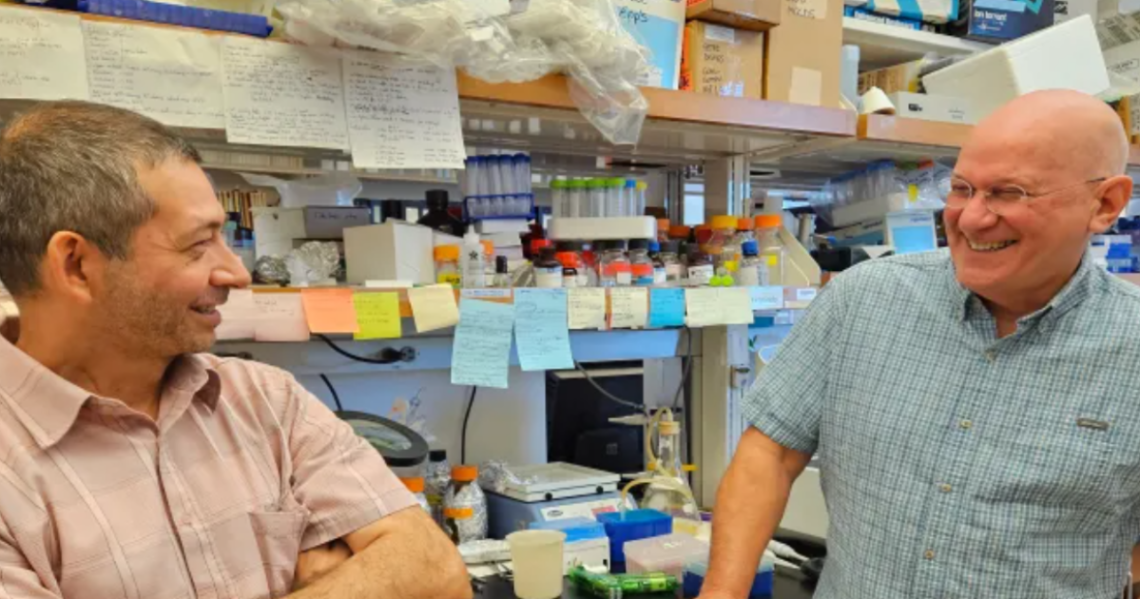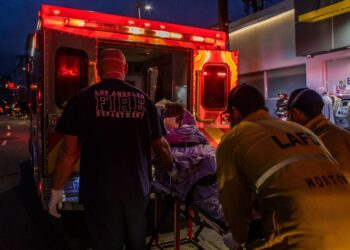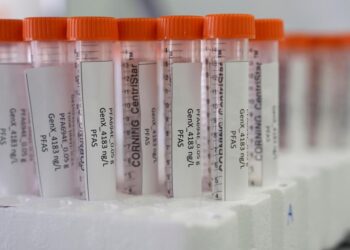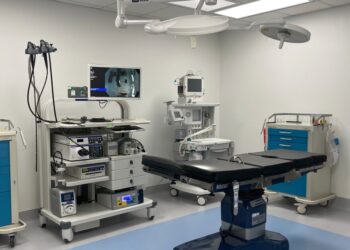When Maira Gutiérrez was diagnosed with Chagas disease in 1997, neither she nor her primary care physician had even heard of the malady. She discovered her illness only by chance, after participating in a Red Cross blood drive organized by her employer, Universal Studios.
Red Cross tests donated blood for a range of diseases, including Chagas, which is caused by a parasite and can develop silently for decades before causing symptoms. The test detected Chagas in her body, and an MRI years later, in 2013, confirmed it had reached her heart.
“They showed me the image with the trace of the parasite to my heart. It was really scary,” Gutiérrez, originally from El Salvador, said in Spanish. Now 50, she remains healthy but undergoes a battery of tests annually to monitor for heart damage.
Trypanosoma cruzi, the parasite that causes Chagas, is transmitted through an insect called the triatomine bug, known as the kissing bug because it usually bites close to the lips. The bugs defecate on the skin, and the feces, which can contain the parasite, can enter a person’s body through the nose, mouth, or breaks in the skin.
Chagas in the U.S.
Chagas disease affects people primarily in rural Latin America, where the insect thrives in thatched roofs and mud walls. It is not transmitted from person to person, except for a mother passing it to a newborn, or through blood transfusions or organ transplants.
But it’s increasingly present in the United States, where it often goes unrecognized: The Centers for Disease Control and Prevention estimates more than 300,000 people living in the U.S. have Chagas, though lack of awareness and testing means only 1% of cases have been identified.
Doctors, researchers, and patient advocates say the…
Read the full article here







